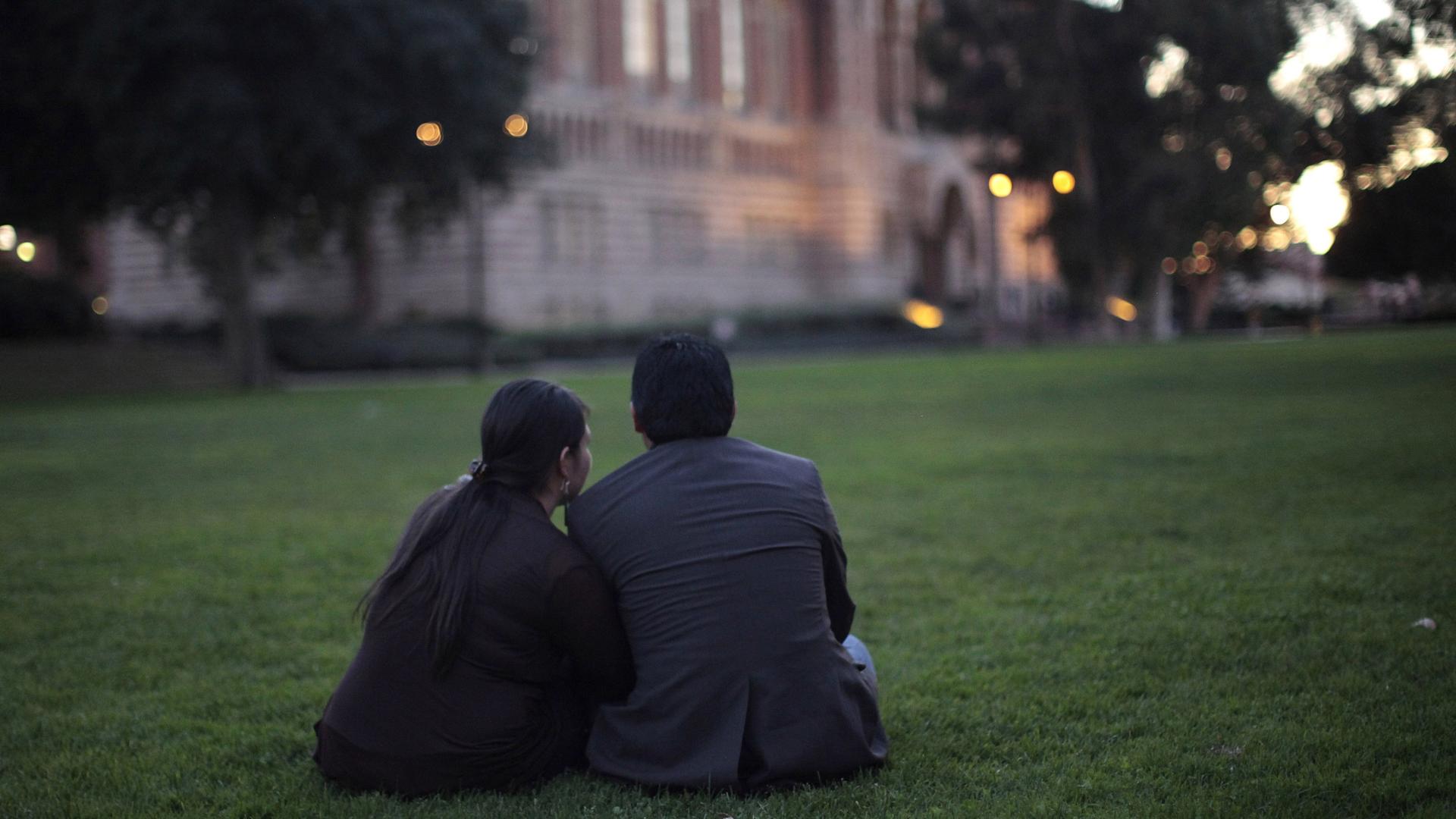In 2019, women hit a milestone in gender parity when they became the majority of the college-educated workforce.
While it may be easy to see how this achievement will impact the economy, earnings and job opportunities, it is probably a little bit harder to predict how it will shape, of all things, the dating market.
Jon Birger, a business journalist and former senior writer at Fortune, has authored two books on the connection between ratios and relationships. Birger acknowledges that not everyone has a desire to engage in a heterosexual relationship or get married. But of those who do, college-educated women may have a particularly hard time finding a partner, he notes.
Birger says this is because there are many fewer men enrolled in college — about 60% of college freshmen are now women. Men also drop out of college at higher rates, resulting in a dating market with a shortage of college-educated men. When this gender asymmetry is extended into broader society, Birger explains it can have significant consequences for people’s happiness, fertility rates and the economy.
And Andrew Cherlin, a professor of public policy at Johns Hopkins University, talks with us about his — related — new research on changing marriage rates for college and noncollege-educated Americans.
Main takeaways
- A ratio of 3 college-educated men to every 4 college-educated women may not seem dramatically skewed, but Birger insists that, in reality, it is. He uses a musical chairs analogy to explain how a 4:3 ratio can create such a large imbalance. Birger explains that after people start to marry off, that ratio quickly drops to 2:1, then 3:1.
- For his first book, “Date-onomics,” Birger studied this phenomenon in the perfect control setting: college campuses. He found that when there are more women than men on campus, students’ dating behavior is oriented more toward hookup culture and less toward monogamous relationships. (When men are in oversupply, the culture is more monogamous.)
- Pop culture programs, such as “Sex and the City,” tend to paint New York City as a haven for singles — a place where single women can surely find a match. But if you look at the numbers, this is far from reality, Birger points out. In fact, if you live in the 10001 zip code in Chelsea, Manhattan, 78% percent of 20-year-olds are females (according to the 2010 census). Birger advises that college-educated women may have better luck in areas where the ratio is reversed, such as Silicon Valley or Denver, dubbed “Menver.”
- Birger argues that “this is not a uniquely American problem.” He asserts that it has nothing to do with Title IX or educational policy, citing China as an example. Though there are overall more marriage-aged Chinese men due to the one-child policy, there are still more marriage-aged, college-educated women. Moreover, he notes that among animal populations, ratios can also dictate mating behavior.
- Back in 1970, around 80% of all women in the U.S. got married. By 2014, college-educated women got married in roughly the same numbers, but noncollege-educated women had diverged radically from their college-educated counterparts — only around half were married by middle age. Now, Cherlin’s new research suggests that the yawning gap in marriage rates, between college and noncollege-educated Americans, is closing.
